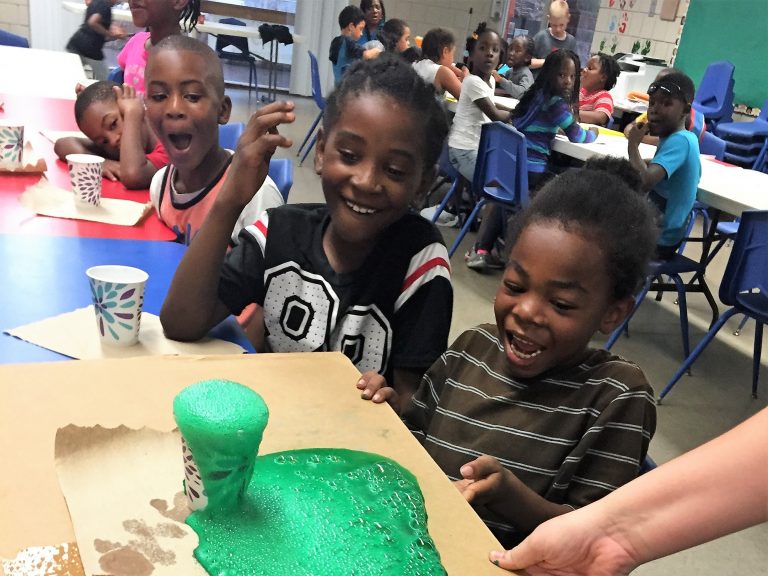
Science, technology, engineering, art and mathematics; these are the five main concepts students will learn in the month of January.
According to the U.S. Bureau of Labor Statistics, there were nearly 8.8 million jobs in the science, technology, engineering and math (STEM) field as of 2016. According to YouthQuest Program Director Cheryl Adkins, as this field continues to grow it is important to add the “A” to STEM to form a fully rounded student.
“Art helps foster creativity and critical thinking in students,” says Adkins. “Those are important skills, especially as they relate to the real-world application of STEM.”
To demonstrate this, students will consider multiple perspectives of any given subject. When studying Michigan for instance: students will learn science by exploring natural resources for the state; technology by discussing what technology was built in Michigan; engineering by exploring developments such as roads and bridges in the state; math by fitting images together to form the state’s shape; and use art concepts to put the project together.
Other lessons students will participate in include:
- Instant Ice: A science project where students become scientists and make observations while creating ice.
- Paper Clip Switch: A project where students build their own light switch using paperclips.
- Hidden Science in Colonial Times: A lesson where students will discuss how different items from the colonial times were made and what they were used for.
Parents can extend learning at home with the following activities:
- Ask your student what STEAM is: Create a discussion with your student and have them teach you what STEAM means.
- Build a snowman: Go outside and help your child build a snowman. While letting them show their creativity, discuss the structure of the snowman and how snow is formed.
- Discuss STEAM careers: Help your child explore various jobs that use STEAM, such as an architect, a video game designer or an astronaut.
YouthQuest is made possible through the generous support of the Charles Stewart Mott Foundation and 21st Century Community Learning Centers.
